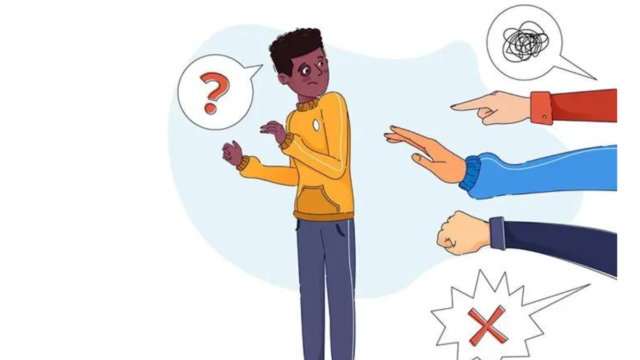
By Zibora Gilder
From – https://aframnews.com/
Reprinted – by Texas Metro News
This week, a staff member accused a colleague of being racist, sparking a deep dive into the murky waters of bias. Questions like “Can Black people be racist?” and “How often do we confuse actions like stereotyping or micro-aggressions with racism?” bubbled to the surface. These terms oft en get tangled up, so let’s break them down with a bit of help from Urban Dictionary:
- Stereotype: A generalized truth about a particular cul-ture or group.
- Microaggression: Everyday verbal or nonverbal slights or insults, whether intentional or unintentional, that com-municate derogatory mes-sages targeting people based on their marginalized group membership. Microaggres-sions can include:
o Microassaults: Direct, intentional discriminatory ac-tions.
o Microinsults: Subtle verbal or nonverbal communica-tions that convey rudeness and insensitivity.
o Microinvalidations: Communications that subtly exclude or nullify the thoughts, feelings, or experiential reality of a person of color.
For example, asking a less ex-perienced white counterpart to clarify something a Black boss said is a microinvalidation. Th is particular one bothers many professionals more than oth-ers. As a Black woman, being knowledgeable and accountable is a point of pride.
Racism: Desiring to benefit from the oppression of others, especially maliciously or at the detriment of other races. Understanding implicit bias is crucial. Everyone must examine their roots and the mindsets they inherited. Descendants of slavery in the South, for instance, must recognize the unintended consequences of that history. Non-people of color must also scrutinize their backgrounds. If visible disparities and differences upset someone, it’s a personal issue. In a country built on the backs of immigrants, including whites and Blacks, what’s understood doesn’t need explanation.
Upon closer examination, what seemed like perceived racism oft en turns out to be advocacy for Black and Brown professionals and clients. In the professional world, judgment and stereotyping are common experiences. However, it’s essential to acknowledge participation in these behaviors. For instance, when encountering a Black hoodie and the scent of marijuana, instant negative thoughts may arise, but awareness and self-checking are crucial. Th is behavior doesn’t make someone a bad person; it makes them an honest person.
Advocacy for marginalized communities becomes a personal responsibility. Fighting for Deaf people of color, for example, highlights how professionals in this field oft en have low expectations for these students. Having a deaf Black brother makes this fight personal. Fighting harder for students of color becomes necessary because of the treatment they receive.

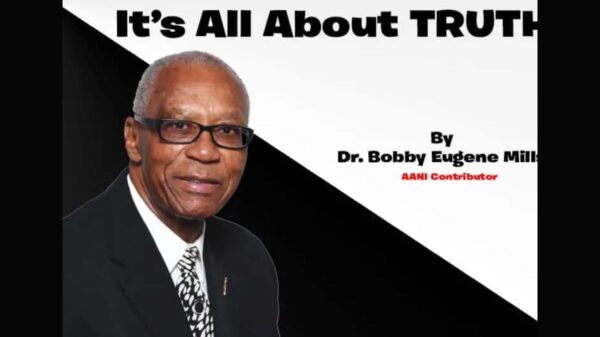



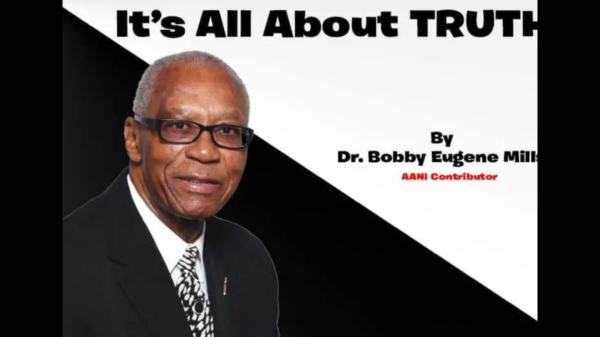
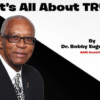
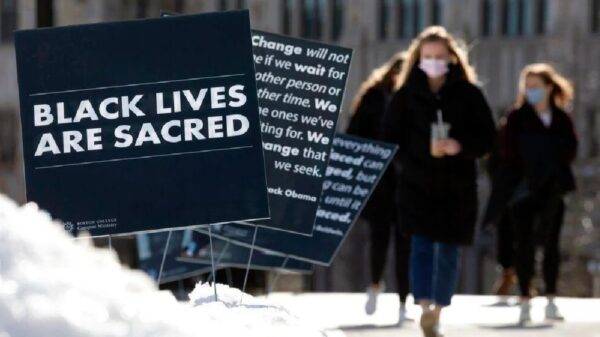

You must be logged in to post a comment Login